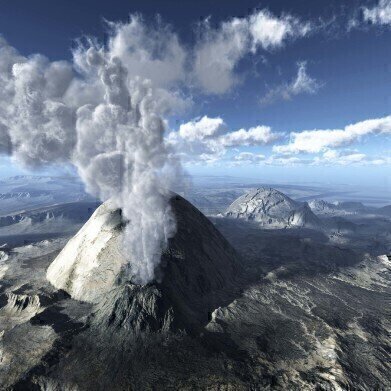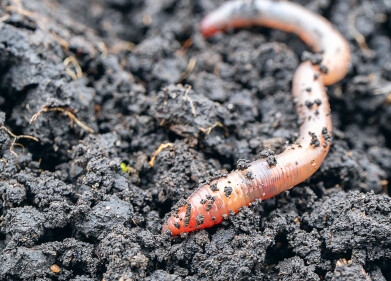Environmental Laboratory
Research into the Health Hazard of Volcanic Ash
Jan 28 2011
The Mastersizer 2000 laser diffraction particle size analyzer from Malvern (UK) is one of the first instruments applied by scientists when assessing the respiratory health hazard of volcanic ash. Dr Claire Horwell, Director of the International Volcanic Health Hazard Network, receives volcanic ash samples from all over the world at her lab at Durham University, UK. Working within the Institute of Hazard Risk and Resilience, Dr Horwell’s remit is to provide rapid advice as to the likely health hazard of ash from particular volcanoes to support agencies working at the site of the eruption. Clearly the events of this year with the eruption of Eyjafjallajökull in Iceland and the effect on air travel have heightened awareness internationally of this work.
“The Mastersizer 2000 is the first instrument we turn to with a new sample,” explains Dr Horwell, “because it quickly provides a reliable measurement of the grain size of the volcanic ash, and in particular, quantifies what fraction of the ash lies in the sub- 4 micron range. Material in this range will tend to deposit in the deep lung if inhaled. If we find an appreciable respiratory risk we can advise those working on the ground and can go on to carry out further tests that quantify the potential for harm in greater detail.”
The volcanic samples are measured following ultrasonication of the ash in water in order to achieve full dispersion of any very fine particles, which may form strongly-bound agglomerates during eruption and sample transport. This ensures that the primary grain size is measured and avoids underestimation of the respiratory hazard. The dispersion process is fully automated within the Mastersizer 2000 system, allowing measurements to be completed in just a few minutes.
The amount of ash in the sub-4 micron region varies considerably. Research suggests it can lie anywhere in the range 0 to 17% depending on the style of the eruption and the distance from the volcano. For samples containing health-threatening quantities of inhalable fines, compositional analysis provides more detailed information as to the likely impact of the ash in vivo.
Digital Edition
AET 28.4 Oct/Nov 2024
November 2024
Gas Detection - Go from lagging to leading: why investment in gas detection makes sense Air Monitoring - Swirl and vortex meters will aid green hydrogen production - Beyond the Stack: Emi...
View all digital editions
Events
Dec 02 2024 London, UK
Dec 03 2024 Dusseldorf, Germany
Dec 11 2024 Shanghai, China
Jan 12 2025 Abu Dhabi, UAE
Jan 14 2025 Abu Dhabi, UAE













.jpg)





